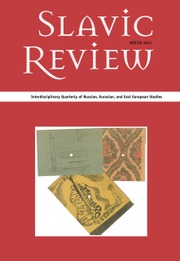The Synchrony and Diachrony of the Balkan Infinitive
This study offers a comprehensive and illuminating account of one of the characteristics shared to some degree by the languages of the Balkan peninsula - Greek, Albanian, Macedonian, Bulgarian, Serbo-Croatian and Romanian - namely the loss of the infinitive and its replacement by finite verb forms. Dr Joseph meticulously examines the documentary evidence for this loss and, in the light of his findings, many of the oversimplifications, misinterpretations and omissions in earlier accounts are rectified. Many of the issues raised in his discussion, for example how 'infinitive' or 'finiteness' should be defined, have important implications for synchronic syntactic theory and description. In addition, the study is of significance for diachronic linguistics, for it makes a valuable contribution to the debate on constraining possible syntactic changes and syntactic borrowing. This study will also offer insights to linguistics interested in areal typology, since it is one of the fullest accounts available.
Product details
March 2009Paperback
9780521105330
356 pages
229 × 152 × 20 mm
0.52kg
Available
Table of Contents
- 1. Introductory remarks
- 2. Towards a definition of finiteness and infinitives
- 3. The history of the infinitive in Greek
- 4. Albanian
- 5. South Slavic
- 6. Romanian
- 7. On the causes of the Balkan infinitive-loss
- 9. Conclusions
- Notes
- References
- Index.











